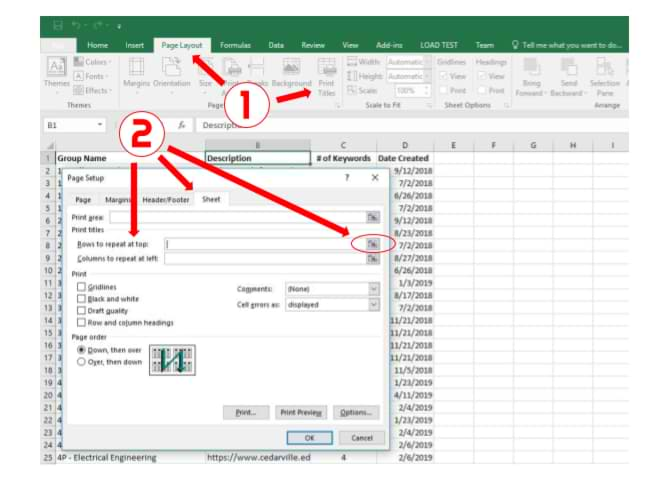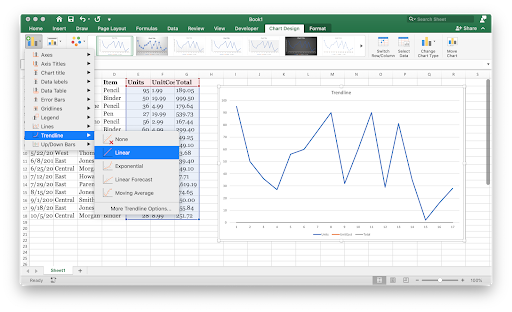
By default, the cursor is on the center section of the header. The workbook view will now change to the ‘Page Layout’ view. When you first create a table, you have the option of using your own first row of data as a header row by checking the My table has headers option. Then, click the ‘Header & Footer’ icon found on the ‘Text’ group on the Ribbon. When you create an Excel table, a table Header Row is automatically added as the first row of the table, but you have to option to turn it off or on. Measure the width and length of the space the footer will occupy (to match footers on portrait pages). First, go to the ‘Insert’ tab on the tab list.
Measure the distance from the upper and left edges of the page to the upper left-hand corner of the space where you want the footer to appear. This difference accounts for the extra space used by the portrait header and footer (0.5 cm for the height of the header or footer and a 0.5 cm gap between the header or footer and the main text). The landscape right and left margins are 1 cm larger than the portrait top and bottom margins, respectively. For example, this book uses the margins shown in the following table. Calculate the required margins so the text area of the landscape page is the same size as the text area on the portrait pages, taking into account the space for headers and footers on the portrait pages. To set up portrait headers and footers on landscape pages: 
There does not appear to be a way to make this part of the landscape page style. These are a bit tedious to set up, but once you have done so, you can copy and paste them to other landscape pages. You can set up portrait headers and footers on landscape pages by using a trick involving frames. If your landscape pages are going to be inserted between portrait pages, you might want the headers and footers to be on the short sides of the landscape pages, so the final printed product looks like the contents of the landscape pages have been rotated 90 degrees on portrait pages. When you define a header and footer on a landscape page, they will be aligned with the long side of the page.
To change the title for the whole document, choose File > Properties > Description.įields are covered in detail in Chapter 14 (Working with Fields). The title should appear on a gray background (which does not show when printed and can be turned off). Place the cursor in the header part of the page.  Add a header ( Insert > Header > Default). Select File > Properties > Description, enter a title for your document in the Title area, and click OK to close the dialog box. To insert the document title into the header: That way, if something changes, the headers and footers are all updated automatically. Items, such as document titles, chapter titles, and page numbers, which often go into headers and footers, are best added as fields. This text will appear at the top or bottom of every page. Similarly, to insert a footer, choose Footer.ĭepending on which option you choose, an area will appear at the top or bottom of the page where you can enter text.
Add a header ( Insert > Header > Default). Select File > Properties > Description, enter a title for your document in the Title area, and click OK to close the dialog box. To insert the document title into the header: That way, if something changes, the headers and footers are all updated automatically. Items, such as document titles, chapter titles, and page numbers, which often go into headers and footers, are best added as fields. This text will appear at the top or bottom of every page. Similarly, to insert a footer, choose Footer.ĭepending on which option you choose, an area will appear at the top or bottom of the page where you can enter text.






 0 kommentar(er)
0 kommentar(er)
